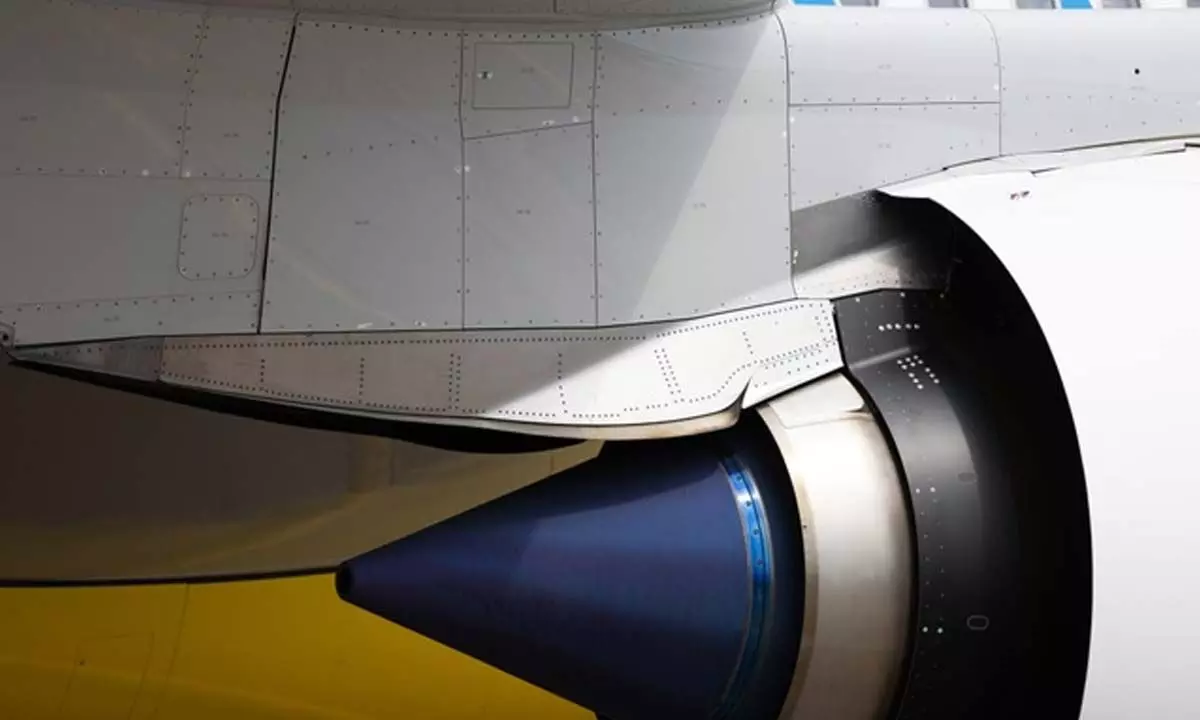How supply chain issues blocking aviation growth
One event or the other has been plaguing the Indian aviation sector in recent years. While the Covid-19 pandemic brought the sector to a standstill, it was preceded by the grounding of Jet Airways in 2019.
image for illustrative purpose

One event or the other has been plaguing the Indian aviation sector in recent years. While the Covid-19 pandemic brought the sector to a standstill, it was preceded by the grounding of Jet Airways in 2019. Several other airlines- small and big – faced headwinds in the country. In this context, it is very difficult to map the current capacity of India's airlines even as the sector is limping back to pre-Covid levels. But capacity constraints are hindering the growth of the sector now. For instance, IndiGo, the country's largest carrier, closed June 2022 with a fleet of 281 aircraft, 19 planes more than it had at the end of March 2020. But it is said that the airlines had to ground some of its aircraft due to shortage of parts and other technical issues. However, this has neither to do with the cash position of the airlines nor with any issues with the engines like in the past. This is due to the supply chain issues affecting global suppliers during the Covid-19 pandemic. As a consequence, all planes will not be available for this peak season
Other airlines are also flying in similar zone though reasons may vary. Air India, which is now owned by Tata Group, had given some of its fleet to the Defence Research and Development Organisation (DRDO) for defence purposes. On the other hand, SpiceJet has been barred from flying at more than 50 per cent capacity by the regulator. As result, the airline has seen its fleet strength going down
According to available data, the number of registered fleets of Indian carriers fell to 669 aircraft in September as compared to 691 in January 2022. The main reason for this, experts say, is also the disruption in supply chain triggered by the pandemic. As a result, industry-wide capacity in domestic aviation is currently lower than what it was pre-Covid. Obviously, lack of capacity will restrict the growth needed to achieve new highs. It will impact the airlines' bottom line as well.
According to rating agency Icra, domestic air passenger traffic went up five per cent month-on-month in August 2022 to about 10.2 million passengers. The upswing in August came after two consecutive months of decline in the country's domestic air passenger traffic. While the August traffic is around 52 per cent higher when compared to the same month a year ago, it was still nearly 14 per cent lower than the pre-pandemic level registered in August 2019. When it comes to passenger load factor (PLF), or capacity utilisation, it was around 80 per cent in August this year, against nearly 72 per cent in August 2021 and around 85 per cent in August 2019. Therefore, it is still long way to go for the Indian aviation sector before it reaches pre-Covid levels. Further, input costs are also spiralling thanks to weakening rupee and rise in commodity prices. In this backdrop, the sector will continue to face headwinds in coming months. It will also suffer due to capacity shortage until the global supply chain comes back on right track. So, it is going to be bumpy ride for the Indian aviation sector for some more time.

